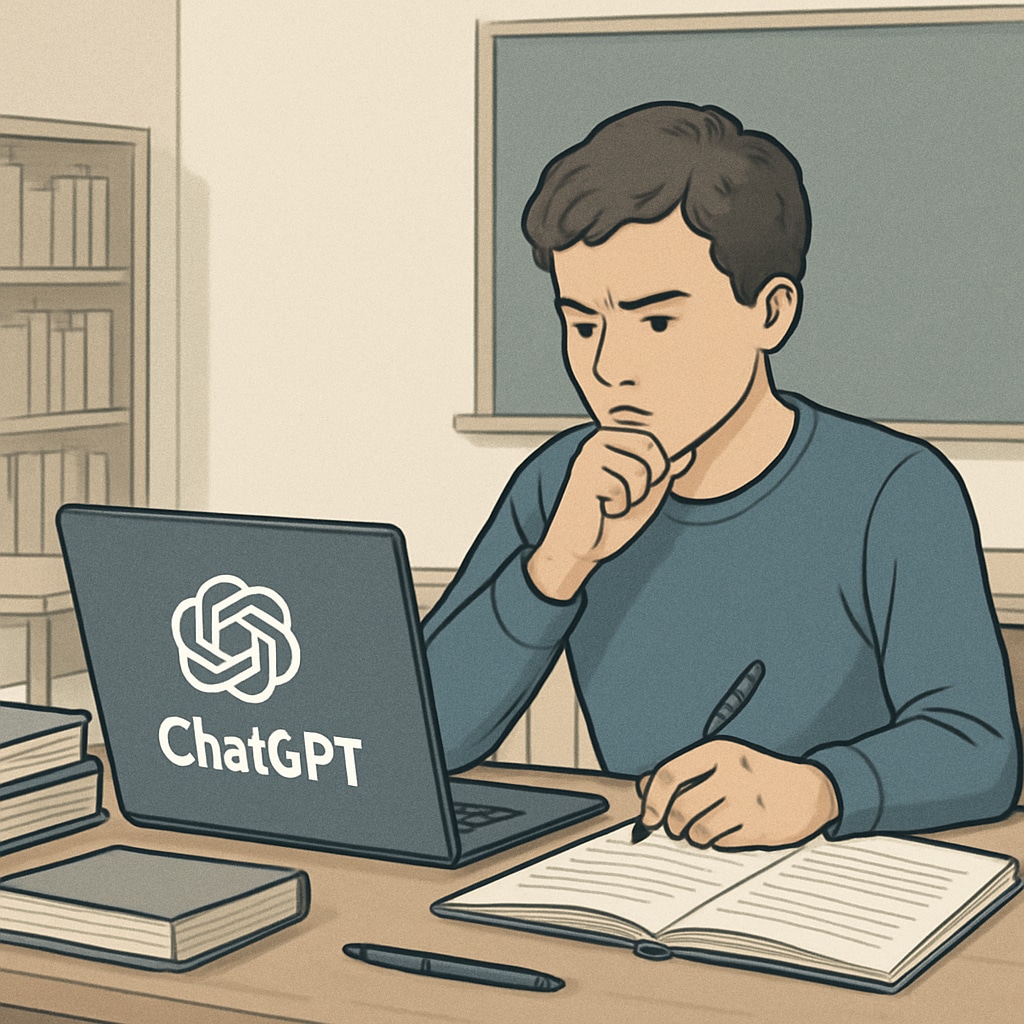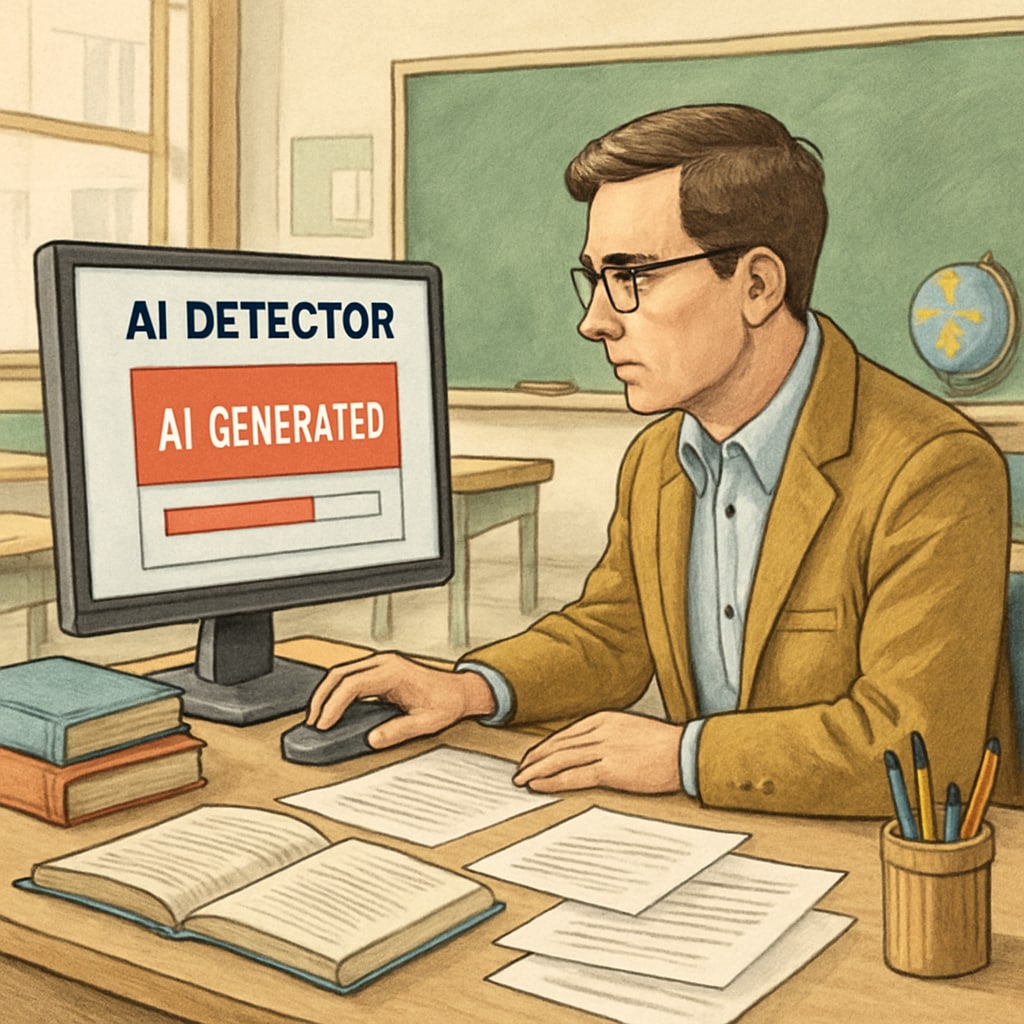The rise of AI tools like ChatGPT has brought significant transformations to education. These tools enable students to generate essays, solve complex problems, and streamline their assignments with unprecedented ease. However, this convenience raises critical questions about academic integrity, detection methods, and education costs. As educators grapple with these challenges, it becomes essential to redefine ethical boundaries and explore effective solutions. This article delves into the ethical implications of AI in education and provides actionable insights for navigating this evolving landscape.
Redefining Academic Integrity in the Age of AI Tools
Academic integrity has long been a cornerstone of education, emphasizing honesty, effort, and originality in student work. Yet, the advent of AI tools complicates this principle. For example, ChatGPT allows students to produce polished assignments with minimal effort, potentially bypassing critical thinking and research skills. This forces educators to reconsider what constitutes “authentic” student work in an AI-enhanced environment.
Some argue that the use of AI tools can be likened to using calculators in math classes—tools that enhance productivity without undermining learning objectives. However, the ethical dilemma becomes more pronounced when AI generates entire essays or projects, leaving educators questioning whether the submission reflects the student’s understanding or the tool’s capabilities.

Detection Methods: The Limitations of Current Solutions
Detecting AI-generated content is another pressing concern for educators. Existing plagiarism detection software often fails to identify AI-generated text due to its originality and fluidity. While some AI detection tools, such as OpenAI’s AI classifier or third-party platforms like Turnitin, claim to identify machine-produced content, their accuracy remains inconsistent.
Additionally, these detection methods come with their own set of challenges:
- False positives: Genuine student submissions may be flagged as AI-generated, creating unnecessary stress and disputes.
- Rapid AI evolution: As AI tools improve, detection algorithms may struggle to keep up, rendering them ineffective.
- Cost barriers: Implementing advanced detection systems often requires substantial financial investment, which can burden schools with limited budgets.
For educators, these limitations underscore the need for alternative strategies that prioritize teaching ethical use over punitive measures.

Balancing Education Costs with Ethical Responsibilities
The integration of AI tools into education brings financial implications that extend beyond detection systems. Schools must invest in teacher training, curriculum updates, and technology infrastructure to address these challenges effectively. However, balancing these costs with ethical responsibilities is no easy task.
For example, some schools may choose to incorporate AI into their teaching practices, allowing students to leverage tools like ChatGPT for brainstorming or research while emphasizing the importance of critical thinking and originality. This approach not only reduces the reliance on detection tools but also prepares students for a future where AI is ubiquitous.
On the other hand, schools with limited resources may struggle to implement such changes, risking a widening educational gap between institutions. Policymakers and educators must therefore collaborate to ensure equitable access to AI-related resources and training, fostering a balanced approach to ethical AI use.
Strategies for Educators to Navigate AI Challenges
Educators can adopt several strategies to address the ethical and practical concerns posed by AI tools:
- Encourage transparency: Foster open discussions about AI use in assignments, emphasizing its role as a supplementary tool rather than a replacement for genuine effort.
- Revise assessment methods: Focus on process-oriented evaluations, such as drafts, reflections, and peer reviews, to gauge student understanding.
- Teach ethical AI use: Incorporate lessons on responsible AI use into the curriculum, equipping students with the skills to navigate technology ethically.
- Collaborate on solutions: Partner with AI developers to improve detection tools and ensure their accessibility to all schools.
By implementing these strategies, educators can transform AI challenges into opportunities for growth and innovation.
Readability guidance: This article emphasizes clear, concise language and structured arguments. Short paragraphs and lists aid readability, while transitions like “however” and “for example” ensure fluidity. Images are strategically placed to complement key points.


